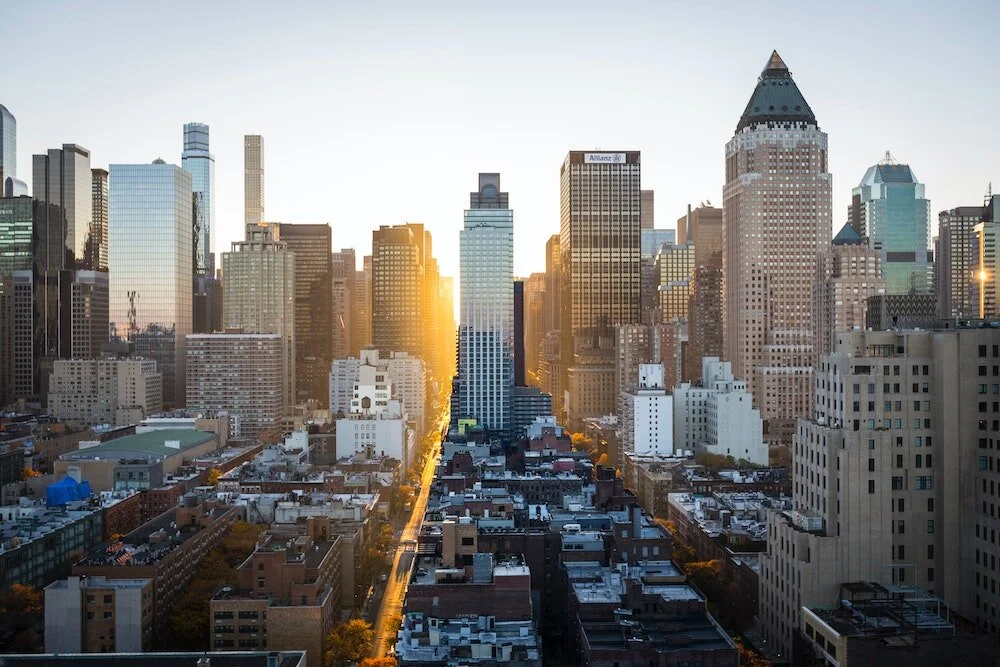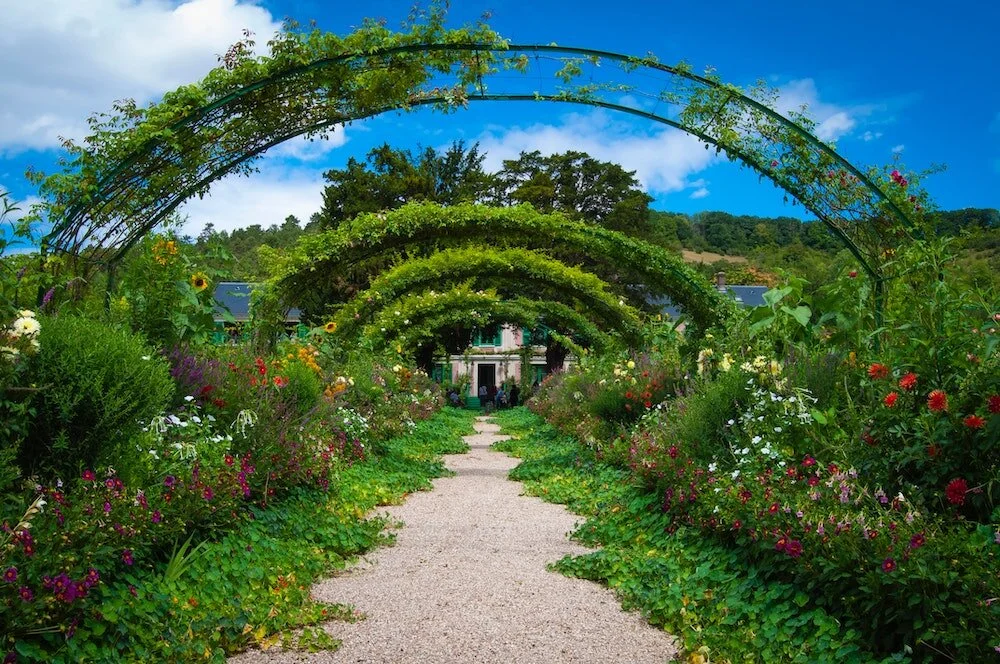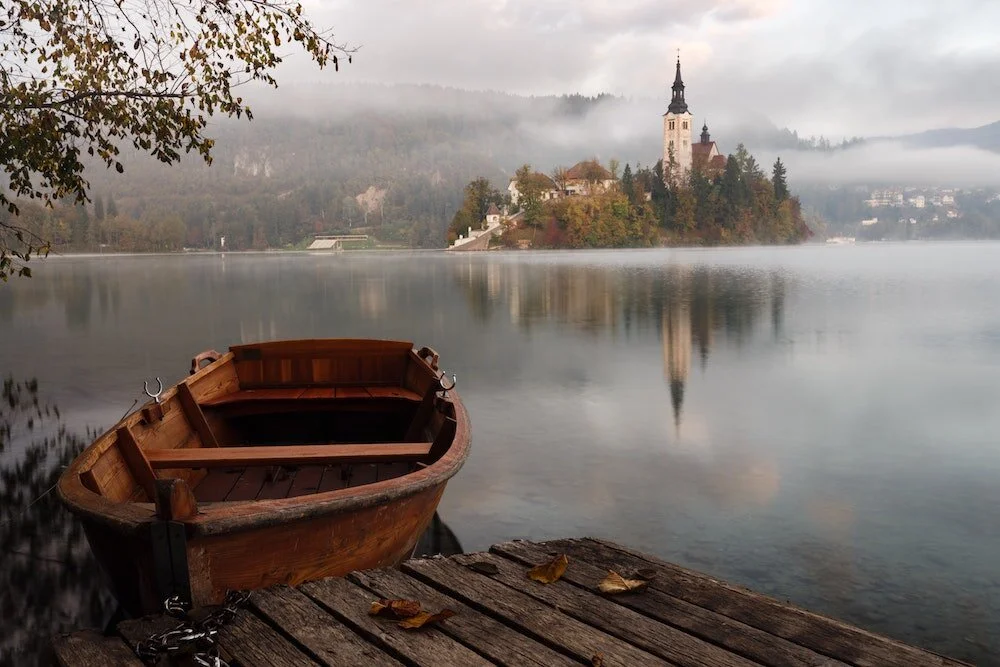What is placemaking?
Placemaking means—quite simply—the making of place. Human placemaking, as opposed to God’s placemaking, is where humans use their skills to develop the world around them through art, science, politics, economics, technology, theology, and much more, so that the placemaker and others might experience the world’s locale and its sense of place.
Read these to get started with placemaking.
Archytas of Tarentum reportedly connected place with existence, writing, “To be (at all) is to be in (some) place.” In other words, if something or someone exists, it exists somewhere in a place. Although place is both difficult to define, it is as familiar as being alive.
Place becomes an important lens through which we exist and interpret our world with place, time, and relationships as the three cornerstones for discussing human existence.
This raises the question “What exactly is place?”
What exactly is place?
Philosophers and human geographers frequently define place by its components: location, locale, and sense of place. All three components comprise a single place.
Consider New York City.
The city has a location that can be noted on a map, yet the city itself is more than a dot on a map. It also has a locale that is full of things like sights, sounds, smells, objects, systems, and, of course, people. But New York City is also more than its locale. It’s a state of mind, as Billy Joel once said. In other words, the city also has a sense of place to each person, much like one’s home has a sense of place.
Every single place on earth has these three placial components—location, locale, and sense of place.
So, that’s what place is, but then what is placemaking?
Placemaking involves the production of place, to borrow the phrase from Henri Lefebvre. Apart from virtual reality, humans cannot create location; only God can do that. Thus, human placemaking focuses on human activities that influence the other two components of place: the locales that surround us in which we are emplaced and the sense of place that we and others experience in association with the locale.
The production of a locale and of a sense of place frequently uses human labor, and this labor incorporates, directly or indirectly, concepts like ethics, politics, the arts, business, counseling, the service industry, and so on. For now, perhaps we might simply say that placemaking is the ongoing production of locale and sense of place, and the result is the experiencing of place.
But from this perspective, some placemaking is better than others, and this requires value judgments according to one’s own perspective about what makes a place good or bad. Since every human does placemaking, and since not all of it has been good, we’ll focus on good placemaking, more specifically on good Christian placemaking, the type that would make God happy.
Okay, what then is good Christian placemaking?
First, good Christian placemaking today refers to the production of tangible locales with a sense of place that keeps God’s wishes and preferences for his creation, as outlined in the Bible. One of the big challenges today is that good Christian placemaking occurs in spiritually contested territory. Thus, good Christian placemaking also requires good Christian public theology.
Second, good Christian placemaking has a purpose: To advance creation’s placiality, producing expressions of placiality that reflect God’s preferences as revealed in the canon, despite being within contested placial territory.
Third, the placial discussion focuses on the production of an outer “thing,” namely God’s place. The focus of the Bible’s discussions about salvation and redemption generally concentrate on our inner world of relationships, especially our relationship with God. The focus on the placial mission, on the other hand, generally concentrates on the outer world of God’s creation and our emplacement in it.







